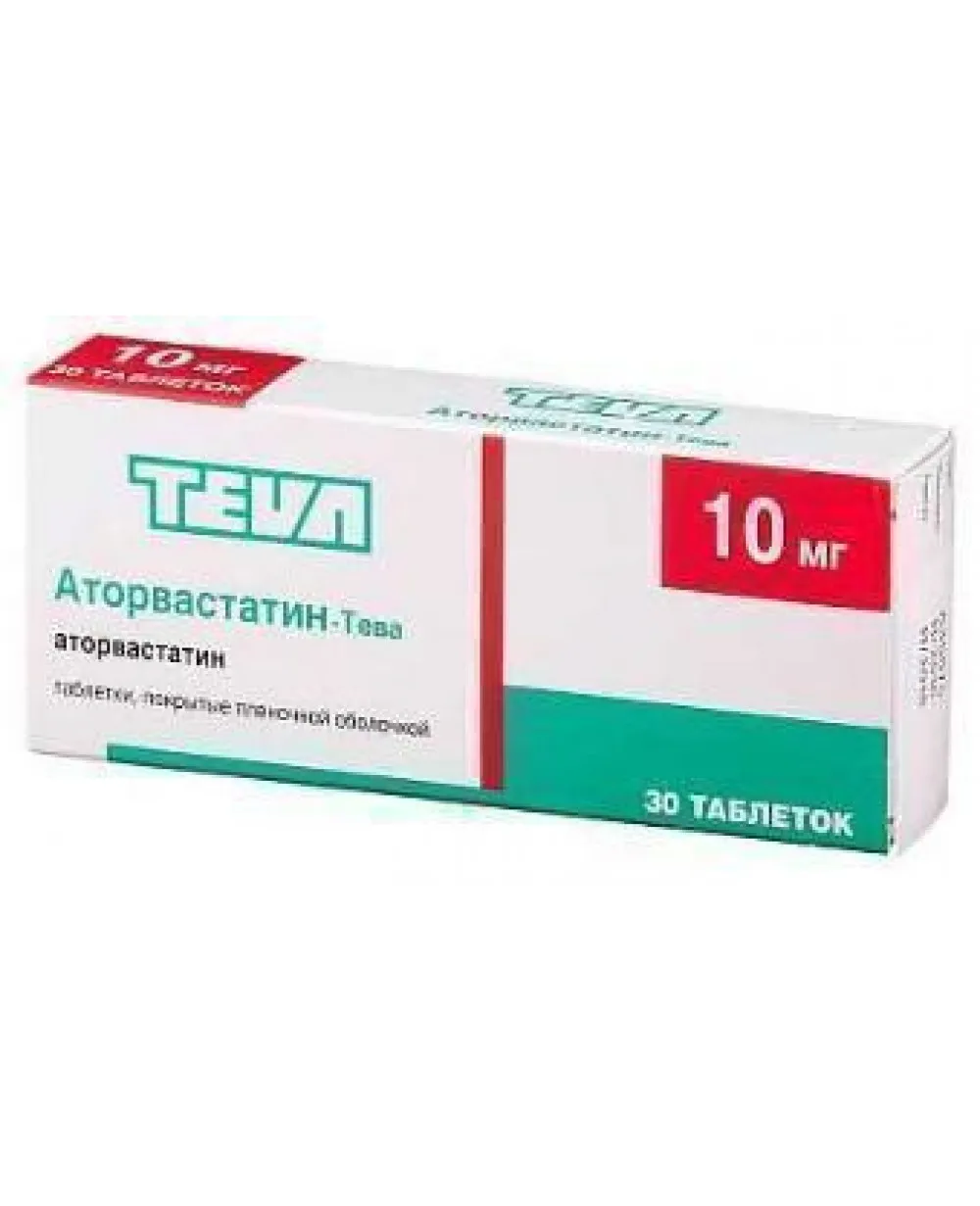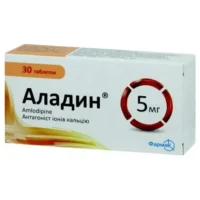Description
Atorvastatin-TEVA (atorvastatin) Coated Tablets 20 mg. №30
Ingredients:
Each tablet contains 20 mg of atorvastatin.
Dosage:
The usual dose is 10-80 mg once daily. It is important to follow the prescribed dosage by your healthcare provider.
Indications:
Atorvastatin-TEVA is indicated for the treatment of high cholesterol and triglycerides. It helps reduce the risk of heart attack, stroke, and certain heart complications.
Contraindications:
Do not take Atorvastatin-TEVA if you are pregnant, breastfeeding, or have liver disease. Consult your doctor for alternatives.
Directions:
Take Atorvastatin-TEVA as directed by your healthcare provider, usually with a full glass of water. It can be taken with or without food.
Scientific Evidence:
Atorvastatin, the active ingredient in Atorvastatin-TEVA, has been extensively studied for its efficacy in lowering cholesterol levels and reducing the risk of cardiovascular events. Research published in the New England Journal of Medicine has shown that atorvastatin significantly reduces the incidence of major coronary events and stroke in patients with coronary heart disease.
Additional Information:
It is important to regularly monitor your cholesterol levels while taking Atorvastatin-TEVA. Inform your doctor of any muscle pain or weakness, as this could be a sign of a rare but serious side effect. Lifestyle changes such as a healthy diet and regular exercise can enhance the effectiveness of this medication.
Pharmacological Effects: Atorvastatin works by inhibiting HMG-CoA reductase, an enzyme involved in cholesterol synthesis. By lowering cholesterol levels, it reduces the buildup of plaque in the arteries, decreasing the risk of cardiovascular events.
Clinical Trials: Clinical trials have demonstrated the effectiveness of Atorvastatin-TEVA in reducing LDL cholesterol and improving overall lipid profiles. A study published in the Journal of the American Medical Association showed that atorvastatin therapy led to a significant reduction in the risk of cardiovascular events compared to a placebo.





